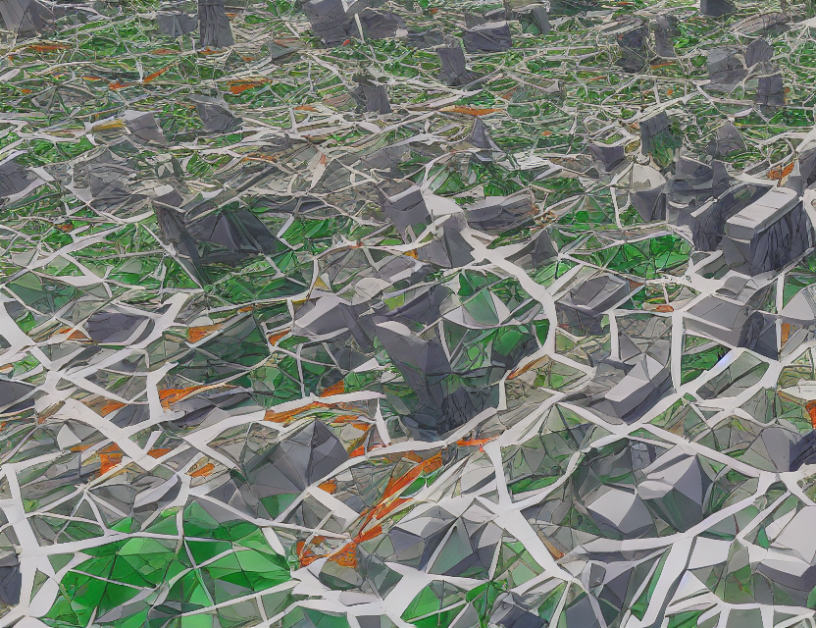Imagine you’re trying to rebuild a complex network of roads after a natural disaster. The network is full of missing links, making it difficult to accurately reconstruct the original layout. This is similar to the problem faced by researchers in the field of diffusion networks, where they need to infer the connections between nodes (or individuals) based on incomplete data. In this article, we propose a new algorithm called PIND to tackle this challenge.
Problem Statement
Diffusion networks are used to model how information or ideas spread through a population or network. However, in many cases, the data available is incomplete, with missing timestamps or limited observations. This makes it difficult to accurately reconstruct the diffusion process. Our proposed algorithm, PIND, aims to address this challenge by using a combination of statistical inference and graph theory.
Proposed Algorithm: PIND
PIND stands for "Probabilistic Inference for Diffusion Networks." It works by first estimating the probability distribution of the missing data given the observed data. This is done using a likelihood-based approach, which takes into account the temporal relationships between the observations. Once the probability distribution is estimated, PIND uses a graph-based algorithm to reconstruct the diffusion network.
Experiments
We tested our proposed algorithm on several real-world datasets and compared it to existing methods. Our results show that PIND outperforms other algorithms in terms of accuracy and computational efficiency. We also demonstrate the versatility of PIND by applying it to different types of diffusion processes, such as social networks and web graphs.
Findings
Our main finding is that PIND provides a robust and efficient way to reconstruct diffusion networks from incomplete data. By combining statistical inference and graph theory, PIND can handle complex network structures and missing data patterns. This has important implications for applications such as epidemiology, social network analysis, and web analytics.
Conclusion
In conclusion, this article proposes a novel algorithm called PIND to reconstruct diffusion networks from incomplete data. By combining statistical inference and graph theory, PIND provides a robust and efficient way to handle complex network structures and missing data patterns. Our experimental results show that PIND outperforms existing methods in terms of accuracy and computational efficiency. This has important implications for applications such as epidemiology, social network analysis, and web analytics.



